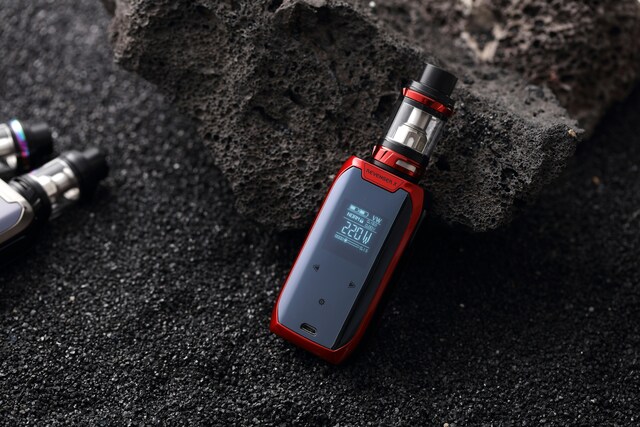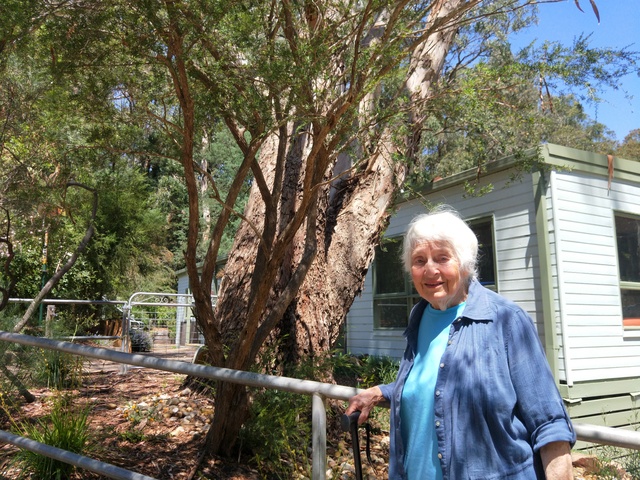With the rise in popularity of vaping over the past couple years, certain strategies have been put in place to prevent the introduction of vapes into a youth setting.
According to the Australian Bureau of Statistics, more than one in five (21.7 percent) of 18-24 year olds and seven to eight percent of 15-17 year olds have used a vape at least once, with expected under-reporting as this was collected from parents and guardians in the house.
A 15-year-old Dandenong Ranges based student said this was a fair assumption and agreed with the significant under-reporting due to young people vaping without the knowledge of their parental figure.
“Recently lots of people are switching how they consume nicotine, like zyns or even switching back to cigarettes, but still a good number of people vape.”
Schools are an obviously targeted location for anti vaping campaigns, seeing posters, speeches, and integration into the curriculum.
Lung Foundation Australia released a booklet aimed to inform educators on the correct way to implement anti vaping methods.
It explained the consumerism and targeted marketing of bright colours and exciting flavours as well as the potential dangers within the chemical content.
The booklet also went over various strategies it recommends, such as a unit in health classes, interactive questioning, and general language use.
One thing that was stressed was the importance of avoiding accusatory language or criticism, which could force students who vape into a defensive position.
Comparisons to other substances like tobacco were encouraged to be drawn, an interestingly doubled-edged sword.
Students said that it opened their minds to the consequences as most know the devastating effects of tobacco, however, if they choose to see the differences between the two, it could paint vaping as the less severe option.
They also went on to mention the impact on “those young people who are already nicotine addicted”. opening the risky task of deciding which students are already vaping without being biased or criticising.
The Dandenong Ranges student said they had seen evidence of this around their school, and also noted the implementation of posters.
“It depends on what school you go to, but usually they have a session telling you how bad it is, and there’s posters around the school about it, and obviously the vape detectors in the bathroom,” they said.
An interesting example of such posters, they said, was the “Do You Know What You Are Vaping?” approach.
The student said these depicted a hazardous yet common chemical-based substance such as nail polish, bug spray, or weed killer, spliced together with the head of a vape and placed under the question.
These have been placed in schools across the country, in states New South Wales, Western Australia, and Victoria, if not others.
Other students noticed a fairly vocal response to these, one of slight mockery.
They explained that people would sometimes point at the poster and tell their friend “you know you’re vaping nail polish?” in an ironic, satirical tone.
This was because it failed to depict real life scenarios and didn’t show any of the reality or side effects of vaping.
They noted that the removal of consequence destroys the incentive to stop, defeating the purpose of the poster.
When asked about the correct response to vaping and creating an anti vaping campaign, the Dandenong Ranges student said these posters were “going in the right direction” but there is “only so much they can do”.
“If someone has been doing it for a while, they aren’t going to stop because a poster says it has the same chemicals as bug spray.”
In the eyes of the target audience, a more effective approach was an ad featuring a young girl vaping in the bathroom with her friend, a very accurate depiction of modern vaping.
After a small mishap, the vape ends up being dropped in the used toilet and overcome with her nicotine addiction, the girl reaches in to fetch it.
The scene is reminiscent of the film Trainspotting, in which Ewan McGregor’s character goes through a similar motion to retrieve his misplaced opioids in the bathroom.
Another element of the ad was the clear look of disgust on the friend’s face, which clearly outlined the outside view of a nicotine addiction as well as the sad situation it leaves you in.
Something to be taken into account is the differences in creating a poster compared to creating a video advertisement but from a young person’s perspective certain key aspects are clearly lacking in one as opposed to the other.
Youth Affairs Council Victoria (YACVIC) gave a checklist it said it would like to see followed when anti vaping campaigns are created.
Media and communications coordinator Katia Pellicciotta said these recommendations also formed part of the YACVIC’s submission to the inquiry into the vaping and tobacco controls in Victoria.
“[It must] be co-designed by young people with diversely lived experience, use factual, realistic, accessible, and youth-friendly information without imposing judgement or stigma as to why someone uses vapes,” she said.
“[And] acknowledge young people’s experiences of vaping, including perceived benefits and negative aspects, and take a harm minimisation approach that equips young people to make informed decisions about vaping, including information about health risks, peer pressure and how to access support.”
The Youth Affairs Council acknowledged that an issue of the willingness of certain people to come forward could pose problems but that the aim was to spread awareness while simultaneously bringing in more people with more opinions and backgrounds to consider.
Combined with the new laws surrounding the purchasing of vapes, revised and improved forms of anti vaping campaigns are stepping towards combating this issue, especially in a youth environment.







